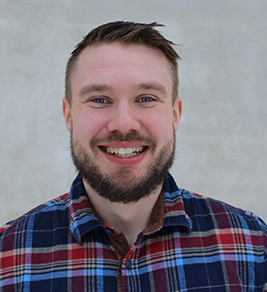If you have ever worked at a Nordic institution, been involved in Nordic cooperation or collaborated with a Nordic institution you may have heard about the concept of Nordic added value (Nordisk nytta).
Although this concept might be defined a bit differently among different Nordic institution, or in different settings, this is a concept we often refer to in our work and sometimes take for granted. With that said, the ongoing research project ‘Nordic Added Value and Vision 2030’ at Helsinki University, coordinated by Professor Peter Stadius, will be of interest to follow.
With my time at Nordregio now drawing to its end and before I continue my journey as a PhD student in geography at Stockholm University, I find it worth reflecting upon my 6.5 years here and where this Nordic added value fits in.

Since I began at Nordregio in 2017, one major task has been to be part of the secretariat for two thematic groups under the Nordic Cooperation Programme for Regional Development and Planning (2017-2020 and 2021-2024). In that role, I have together with colleagues at Nordregio coordinated activities that take place within these groups.
This has mainly been done together with the chair and vice-chair of the thematic group, who are representatives from a national authority (ministry, department or national agency) in any of the five Nordic countries or the three self-governing autonomous territories. For example, I have taken part in the planning of group meetings together with the chair, co-chair and the host organisation, organised and planned study visits, as well as had a hand in the preparation of knowledge exchange activities.
It has also been important to facilitate discussions and perspectives from all members and participating countries and organisations involved in the cooperation. This has meant that the overarching framework of the Nordic cooperation programme, together with the Nordic Vision 2030 (for the current programme period 2021-2024), has guided all activities, with room for the participating members to define the specifics of the activities taking place.
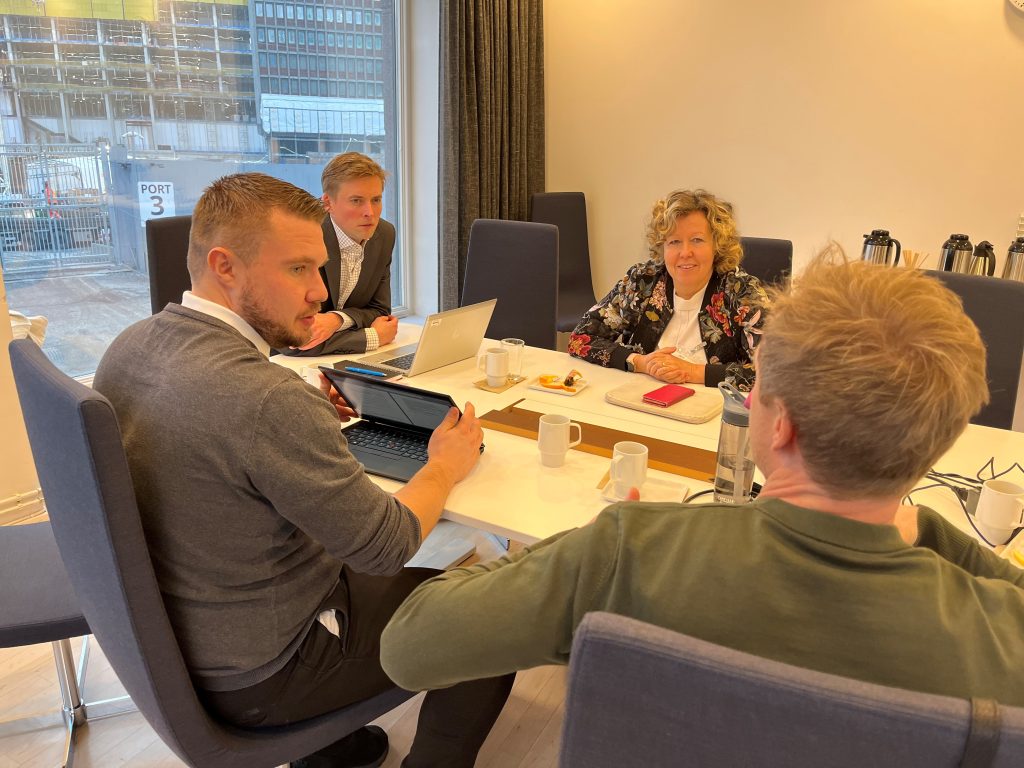
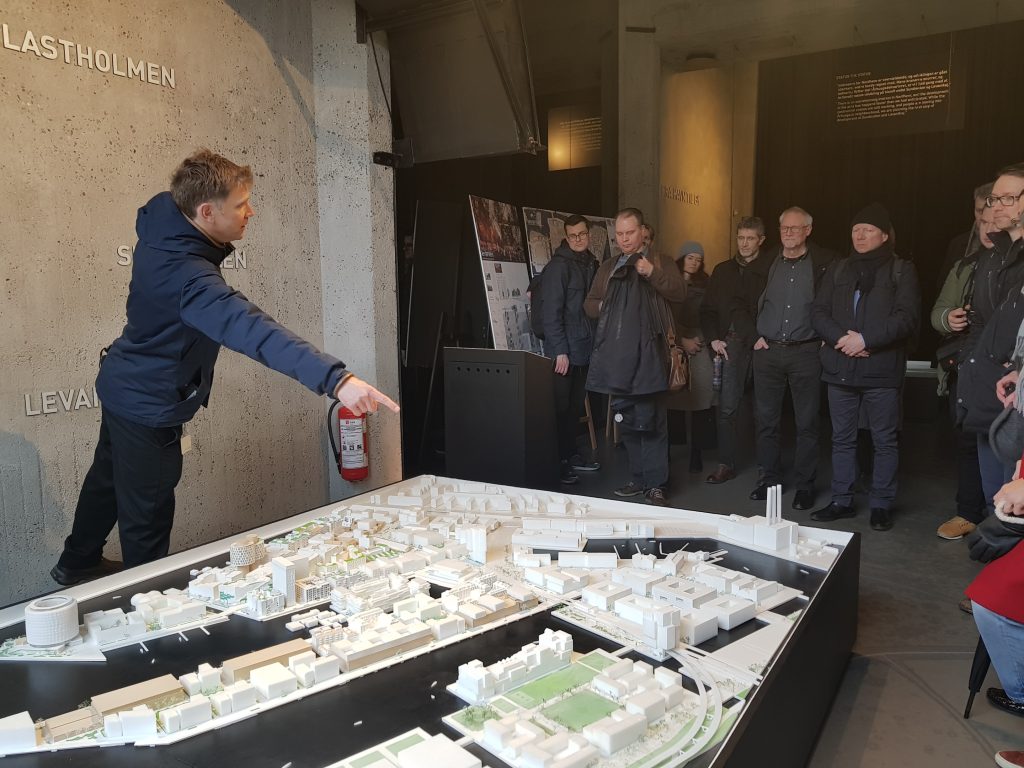
By enabling different perspectives, my take-away is that you at the same time enable consensus-seeking in terms of what is of relevance to examine, study, or learn more about in a Nordic setting. Through this process, which is a long-lasting and ever-evolving process, various project activities have developed and later been implemented. Oftentimes, this leads to various knowledge-gathering activities such as research projects, all of them with a Nordic perspective.
Seeing how the project development takes place, through workshops at meetings, in relation to the overarching Nordic framework, I have understood value of knowledge exchange at a Nordic level and in Nordic settings. It is too simplistic to say that we always are similar in the Nordic Region, because there are major differences too.
However, the similar cultural values and political systems (although they actually differ more than you may think at a first glance), are the preconditions for cooperation in the first place. The differences should, however, not be viewed as something that is hampering Nordic cooperation; in fact, the differences may be equally important to identify in order to provide valuable lessons, that can inspire policy-making and planning practices in other parts of the Nordic Region.
By having had a front-row seat for almost seven years, within the framework of the work in the thematic groups, I have gained some valuable insights into what makes Nordic cooperation generally, but particularly within the regional sector and spatial planning, unique and valuable.
The first is the value of coming together, both physically and digitally. And when meeting, informing Nordic colleagues about what is happening or has recently happened in their field. This could be new laws, financing mechanisms, or other factors affecting, for example, spatial planning and urban development issues. Activities like these enable direct discussion and exchange between participating organisations. A quite concrete example is that members of the thematic groups have contacted each other between meetings, which has facilitated their ongoing government assignments, such as when Sweden was to carry out a Nordic pre-study on national claims in physical planning in 2020.
The second is having knowledge-gathering projects at the Nordic level. It may be difficult to directly pinpoint why the Nordic perspective is valuable, and it is worth questioning it constantly. However, knowledge-gathering projects, at a comparative Nordic level, contribute to valuable discussions among members of the thematic groups, something that in turn can contribute to inspiration and changes in other places in the Nordic Region.
The third is study visits. This is not something unique to the Nordic Region, but facilitating study visits to other places in the Nordic Region through Nordic cooperation enables one to look beyond the national and local level. Study visits are conducted in other EU-programmes, etc., but it should not be underestimated, as it contributes to broadening perspectives on how to address various issues related to spatial planning and urban development.
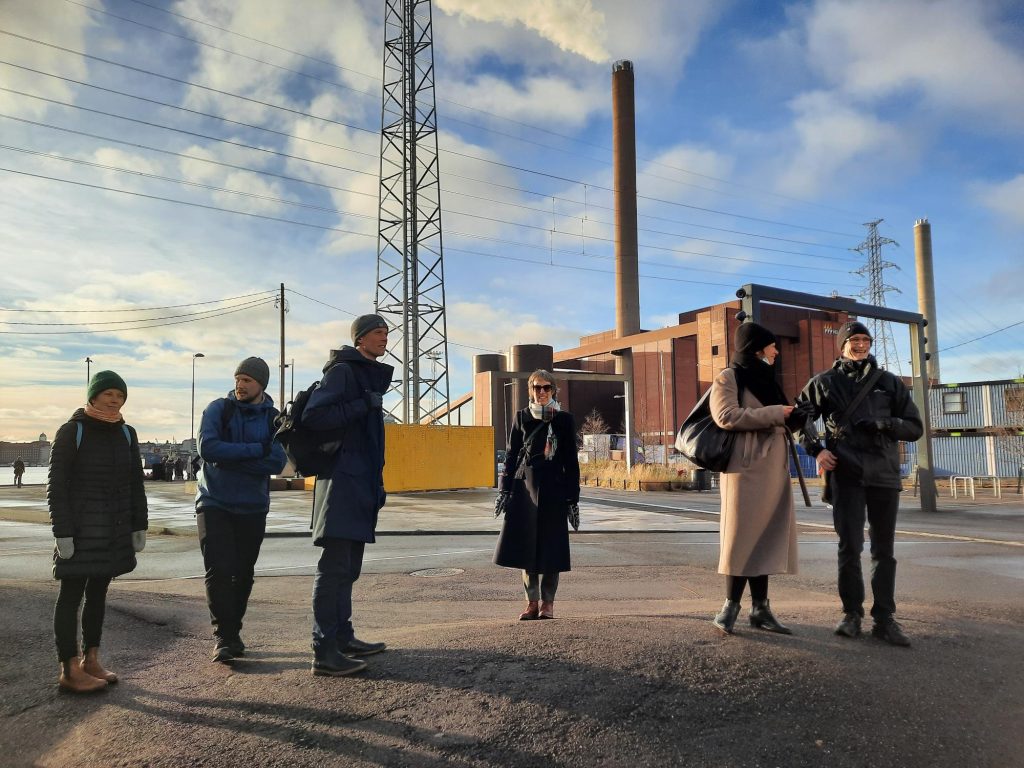
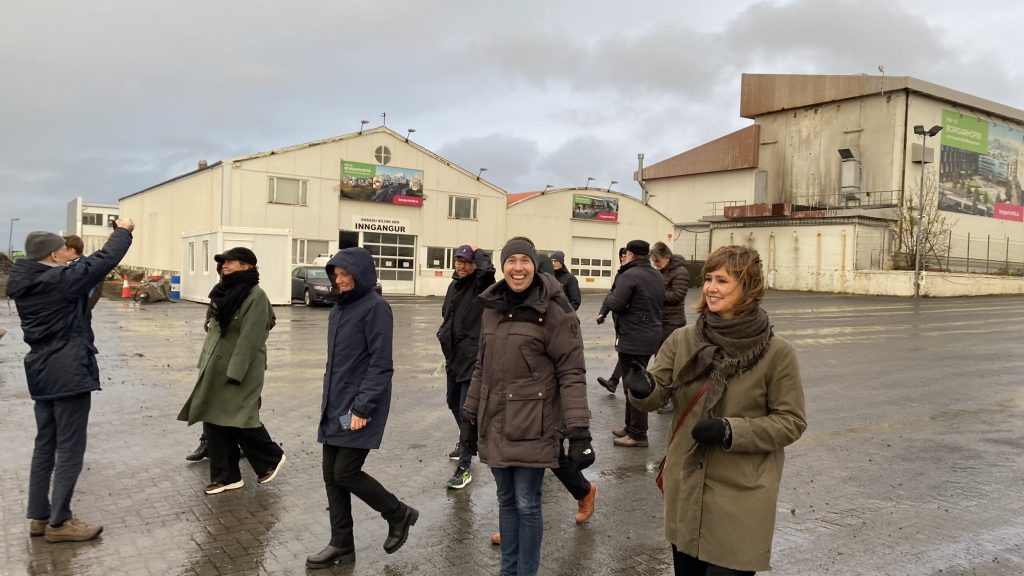
Finally, I would like to thank Nordregio for the opportunity to be be involved in Nordic and international contexts for almost seven years. It has ensured that I take a Nordic perspective with me, whether it entails Nordic added value or simply occasionally lifting one’s gaze, matters less. Of course, lifting one’s gaze can and should also be done in other places around our globe. On the other hand, working at an organisation in the Nordic Region, if one were to lift one’s gaze, it may be worth starting by raising it to another place in the Nordic Region. That’s a good start.

